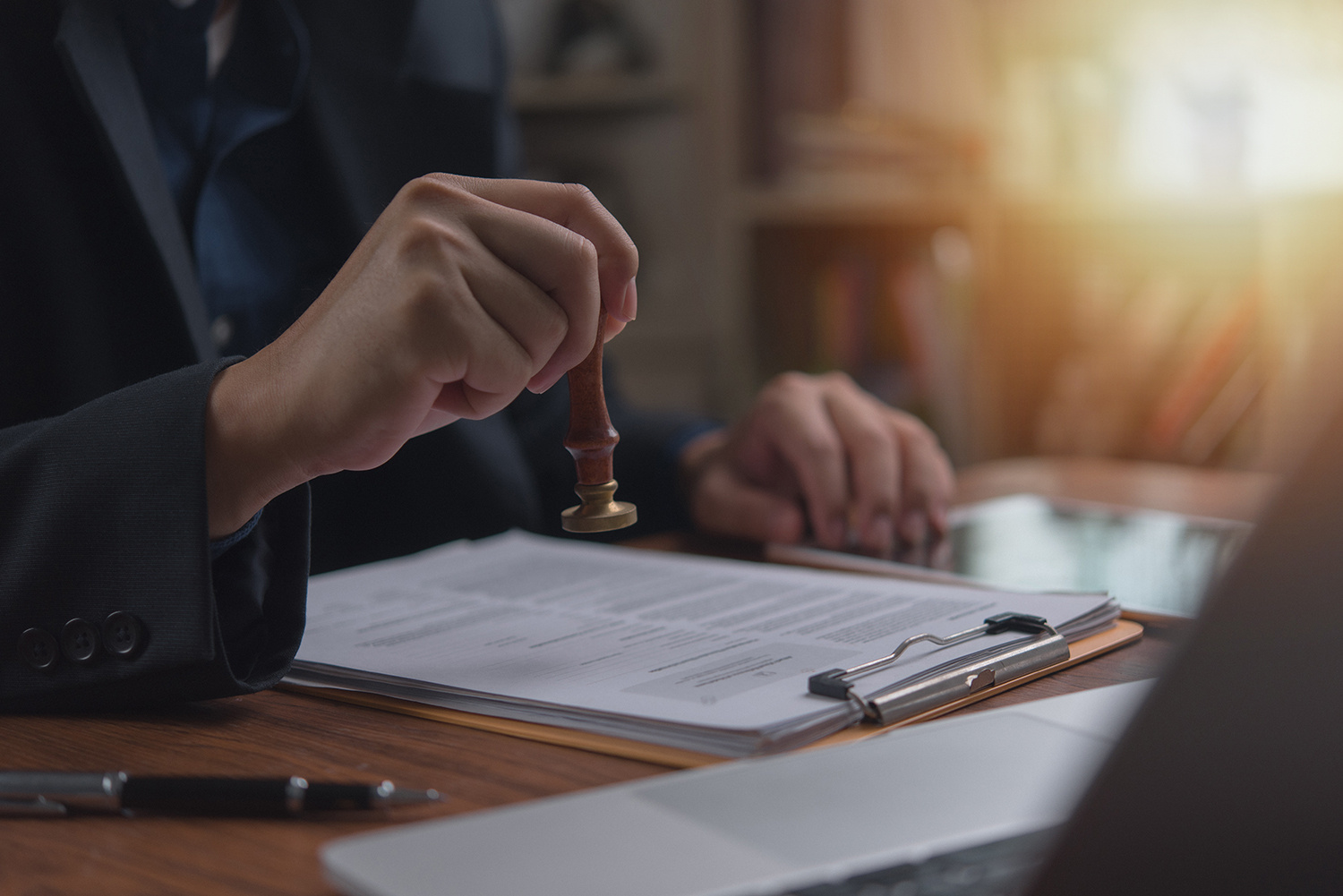How Medical Imaging Can Play a Role in Gaining Expert Certification for Personal Injury and Medical Malpractice Cases

When instituting a claim in medical malpractice and personal injury cases, many jurisdictions first require securing an expert’s certification. This legal document goes by a variety of names, sometimes referred to as a certificate of merit or an expert witness certificate. Its purpose is to verify the legitimacy of the medical basis for the legal claim. Courts use these to screen out frivolous lawsuits, avoiding unnecessary waste of the courts' resources.
The Importance of Medical Imaging
In cases where injuries or diseases exist, medical imaging can provide objective evidence to identify the severity of an injury, missed diagnoses, improper treatment, and more. Referring to medical images for analysis and opinion is common practice in medicine and can play a pivotal role in your medical expert’s review. When imaging becomes part of the core evidence on which a plaintiff will base their case, it behooves firms to understand when and how to use medical images.
Learn more by reading “Four Reasons You Should Use Medical Images in Medical Malpractice and Personal Injury Litigation.”
When to Seek Medical Imaging Evidence
Obtaining medical images from your client’s medical providers can be a lengthy process. Requesting these images early can help attorneys to quickly qualify whether a claim has merit. Ensuring that your medical expert has sufficient time to review and share any findings can provide guidance on how to build the case, saving you time in the long-run, as well as substance to bolster your filing.
The Role of Medical Imaging in Obtaining Expert Certification
The expert certification is, in short, the expert’s verification that the plaintiff’s injuries are a direct result of the alleged medical negligence or accident. There are three primary ways medical imaging can support your expert’s assessment and certification:
- The medical image may provide clear, visual proof of an injury or disease and the extent of the injury.
- The images may enable your expert to assess whether the injuries in question are a direct result of faulty medical treatment, a missed diagnosis or an accident.
- Medical images taken over time may reveal progression of a disease or the continuing impact of an injury.
How to Share Medical Imaging With An Expert
While getting text-based medical records or non-radiographic images to your experts as evidence may be as simple as securely emailing or using a cloud-based file-sharing application, the process becomes more complex when dealing with medical imaging. Files such as X-rays, CTs, MRIs, ultrasounds, and PET scans adhere to the Digital Imaging and Communications in Medicine (DICOM) standard. As you may have learned while handling medical images, DICOM files are typically too large and unique to be handled through email or file sharing.
Learn more about the basics of DICOM in our recent webinar as part of a series, “Incorporating Medical Imaging in Litigation 101 - What is DICOM?”
Due to their size and the specialized way in which DICOM images are viewed, attorneys are often relegated to copying provider-originated CDs and transmitting them via analog transfer (mail or courier) to their experts. These CDs usually contain extraneous files, along with a simplistic viewer application to view the imaging (sometimes for Mac or PC only), as well as instructions, photos, logos and more. These unnecessary files make the content of these disks larger and difficult to navigate. Purview explores the onerous process of extrapolating the relevant CD contents in “What is the Real Cost of Burning CDs?”
Conclusion
In most jurisdictions, an expert certification is a key first step in a medical litigation case. Courts use these to ensure the claim has legal efficacy. Medical imaging can play a vital role in this assessment and certification process, offering visual proof of injuries, supporting a claim of causation, and potentially pointing to medical errors or oversights. It is this type of strong evidence that can persuade your opponent to settle sooner.
For questions or information on how you can
streamline sharing with your expert witnesses,
reach out to us and we will be happy to help.




